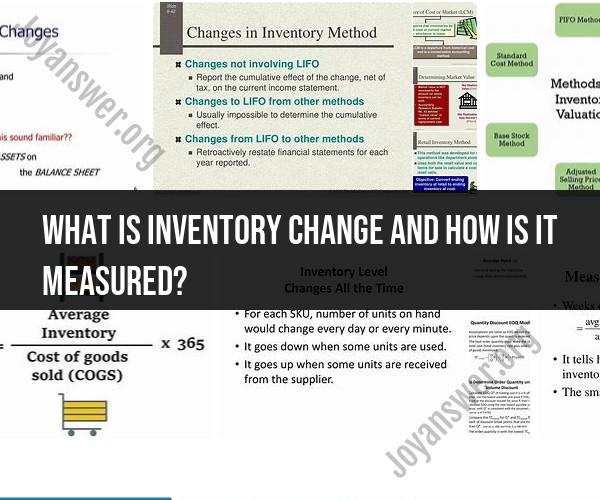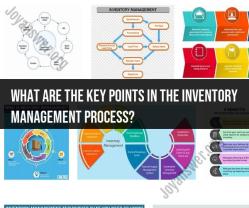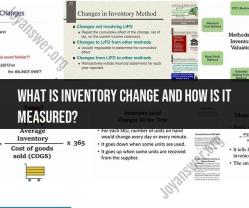What is inventory change and how is It measured?
Inventory change, also known as inventory turnover or inventory churn, is a measure of how quickly a company's inventory is bought, used, or sold and replaced during a specific period. It is an important financial metric for businesses, particularly those involved in retail, manufacturing, and distribution. Understanding inventory change is significant because it can provide insights into a company's efficiency, financial health, and overall operational effectiveness.
Inventory change is typically measured using the following formula:
Inventory Change = (Beginning Inventory + Purchases) - Ending Inventory
Here's a breakdown of the components in this formula:
Beginning Inventory: This represents the value of the inventory a company has at the start of the measurement period, whether it's a month, quarter, or year. It includes the cost of goods or products that were not sold or used from the previous period.
Purchases: This represents the cost of goods or products that a company acquires during the measurement period. It includes new inventory purchases, raw materials, or items produced internally.
Ending Inventory: This represents the value of the inventory remaining at the end of the measurement period. It includes the cost of goods or products that were not sold or used during the period.
The resulting inventory change value can be used to calculate various financial ratios and metrics, including:
Inventory Turnover Ratio: This ratio measures how many times a company's inventory is sold and replaced over a specific period and is calculated as follows:
Inventory Turnover Ratio = Cost of Goods Sold (COGS) / Average Inventory
A high inventory turnover ratio indicates that a company is efficiently managing its inventory, while a low ratio suggests that it may have excess or slow-moving inventory.
Days Sales of Inventory (DSI): This metric measures the average number of days it takes for a company to sell its entire inventory and is calculated as follows:
DSI = (Average Inventory / COGS) * Number of Days in the Period
A lower DSI indicates that a company is selling its inventory quickly, while a higher DSI suggests slower turnover.
Gross Margin Return on Investment (GMROI): This metric evaluates the profitability of inventory by comparing the gross margin to the investment in inventory. It is calculated as follows:
GMROI = Gross Margin / Average Inventory
A higher GMROI indicates that a company is generating more profit from its inventory investment.
Inventory-to-Sales Ratio: This ratio compares the value of a company's inventory to its total sales and helps assess the adequacy of inventory levels relative to sales volume.
Effective management of inventory change is crucial for maintaining cash flow, avoiding overstocking or understocking, and optimizing profitability. Different industries and businesses may have varying optimal levels of inventory turnover depending on their specific operations and market conditions. Monitoring and analyzing inventory change can help companies make informed decisions about inventory purchasing, pricing, and overall business strategies.




